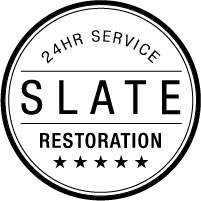Black Mold in Houses: Understanding the Risks and Solutions
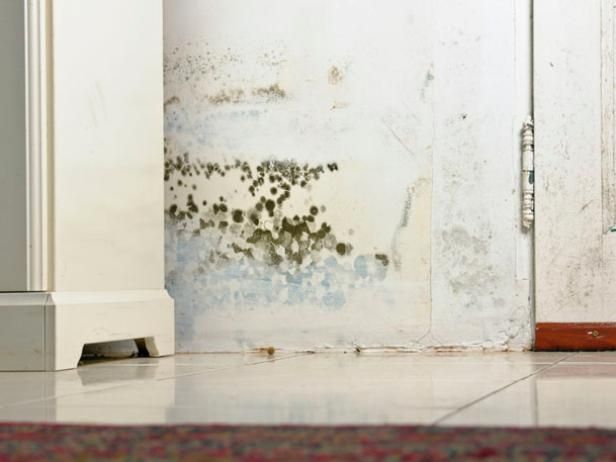
Creating a healthy living environment is paramount for our overall well being. Among the numerous challenges that homeowners may encounter, the presence of black mold stands out as a particularly troubling issue. This toxic fungus, commonly found in homes, is not only unsightly but also poses significant health dangers. Black mold thrives under conditions of excess moisture and poor ventilation, leading to widespread growth on damp surfaces.
Prolonged exposure to black mold can exacerbate health problems, particularly for those with weakened immune systems or pre-existing respiratory conditions. The potential health hazards associated with black mold exposure include allergic reactions, chronic fatigue, severe respiratory conditions, and even neurological symptoms.
Understanding the serious implications of black mold exposure is crucial. Homeowners need to be vigilant about controlling humidity levels, ensuring proper ventilation, and regularly checking for signs of mold infestations. Preventing black mold growth not only involves addressing visible mold but also tackling hidden mold in dark, moist areas. Being proactive about mold prevention and removal is essential for maintaining a safe, clean, and healthy home environment.
Recognizing the urgency to address any signs of black mold infestation is vital. Without prompt and effective action, black mold can spread, embedding itself into hard surfaces and potentially causing more health issues. The goal of maintaining a healthy living environment is to minimize and eliminate these risks by controlling mold growth and preventing the conditions that foster its spread. Engaging with this issue thoroughly ensures that our homes remain safe sanctuaries for us and our families, free from the dangers of toxic mold and other serious health issues.
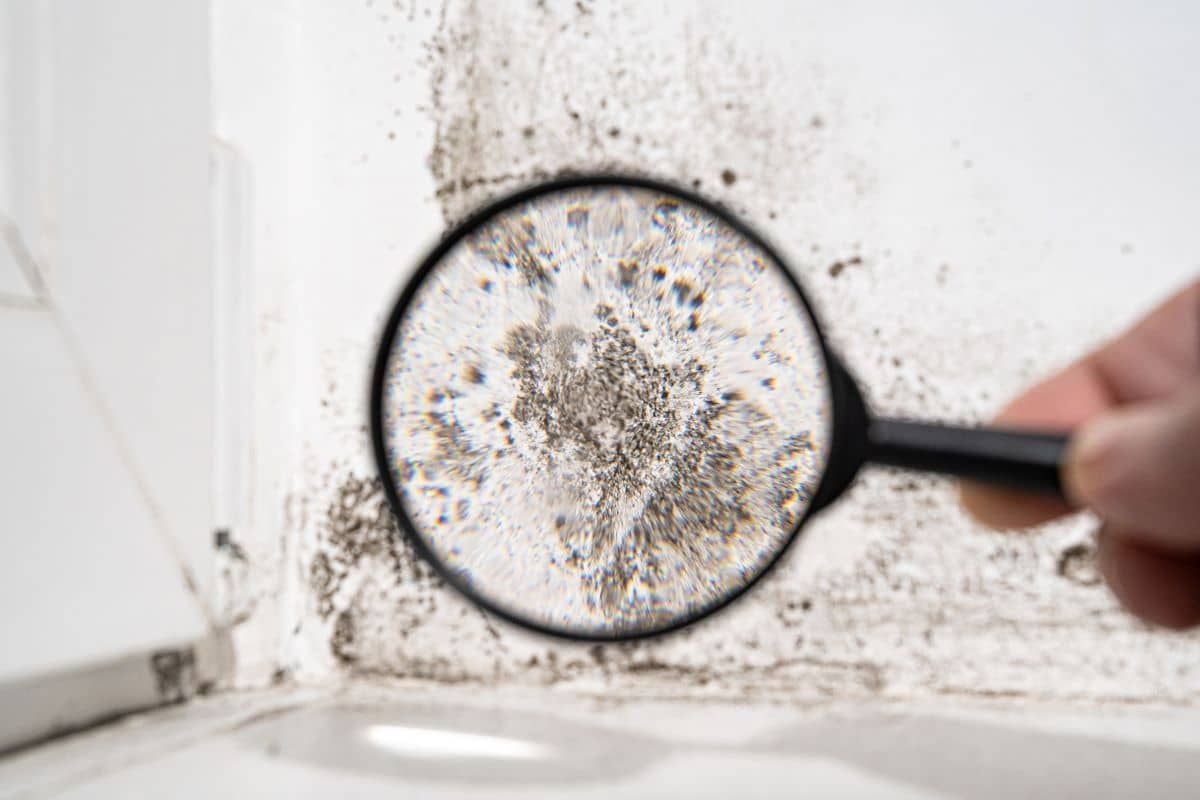
What is Black Mold?
Black mold, scientifically known as *Stachybotrys chartarum*, is a particularly dangerous type of toxic mold that typically appears as dark green or black patches. This toxic fungus is notorious for its ability to thrive under damp, warm, and humid conditions, creating ideal circumstances for growth. Black mold favors environments rich in high-cellulose, low-nitrogen materials such as fiberboard, gypsum board, paper, dust, and lint. These are common materials found in many structures, making black mold a prevalent issue in residential and commercial buildings.
What Helps it Grow?
The growth of black mold is often facilitated by the presence of excessive moisture, which can stem from leaky pipes, water leaks, or areas of high humidity. Poor ventilation exacerbates these conditions, allowing spores to accumulate and colonies to expand unchecked. Once established, black mold can be difficult to remove, often embedding itself deep into surfaces where it continues to propagate.
The proliferation of black mold is a critical concern because these spores can become airborne and easily inhaled by occupants, leading to various health symptoms. Mold thrives particularly well in poorly ventilated spaces where dampness persists, such as basements, kitchens, and bathrooms. It is not only the visible areas that are affected; black mold can also grow behind walls, under carpets, and in other hidden areas, making it a pervasive and often underestimated threat.
It’s important to address any signs of moisture issues or
water damage immediately to prevent the establishment and spread of mold colonies. By controlling humidity levels, improving airflow, and promptly repairing any water-related issues, homeowners and property managers can significantly reduce the risk of toxic mold and protect the health of building occupants.
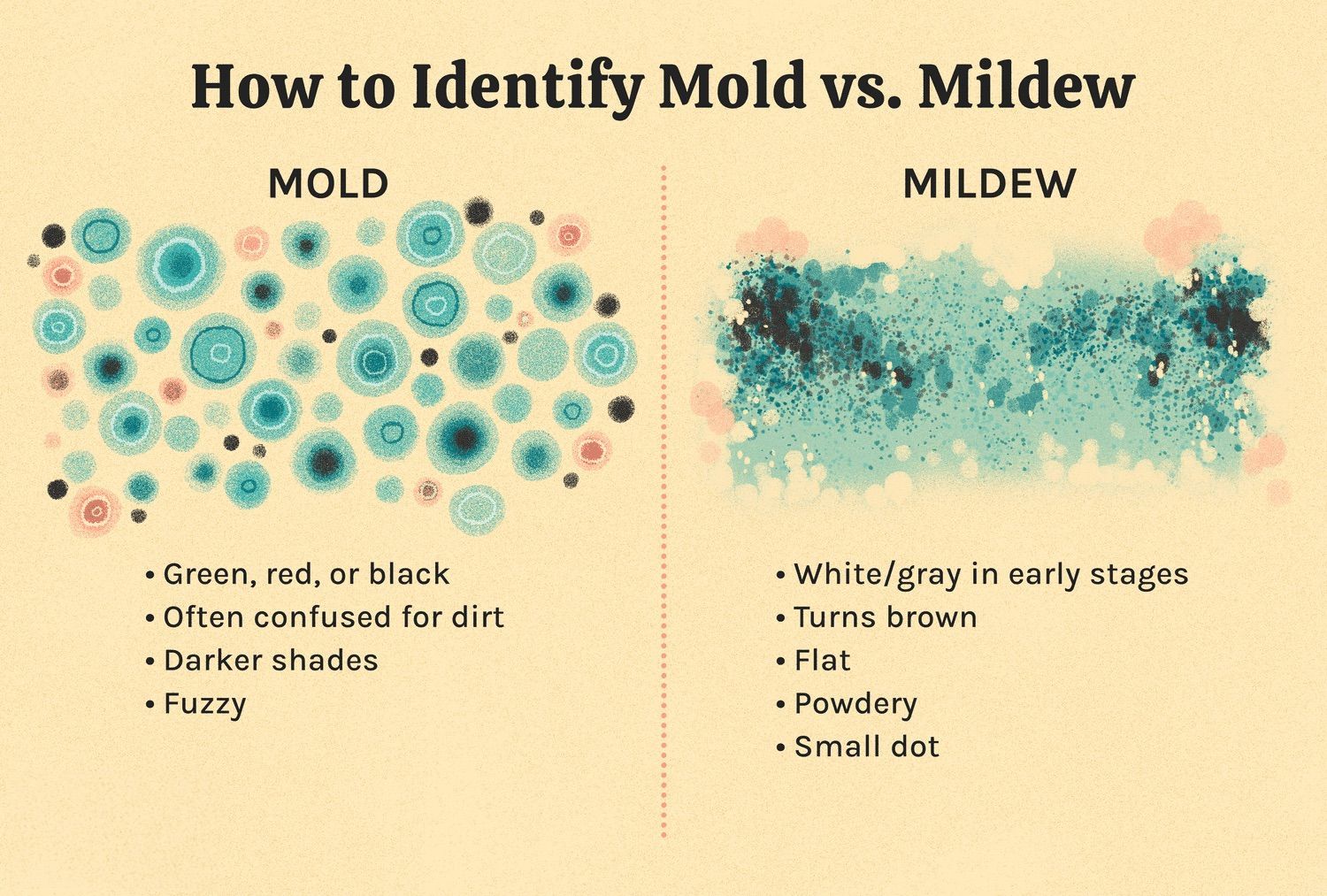
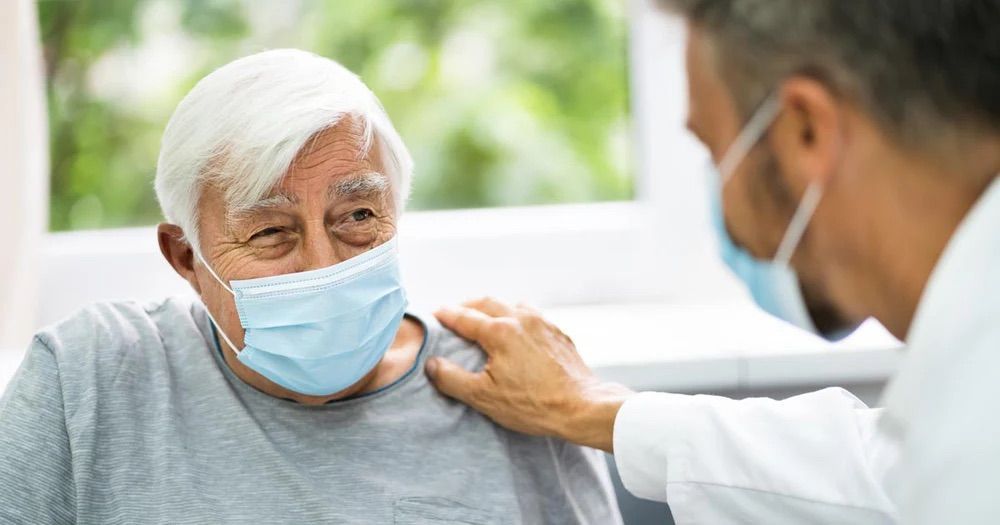
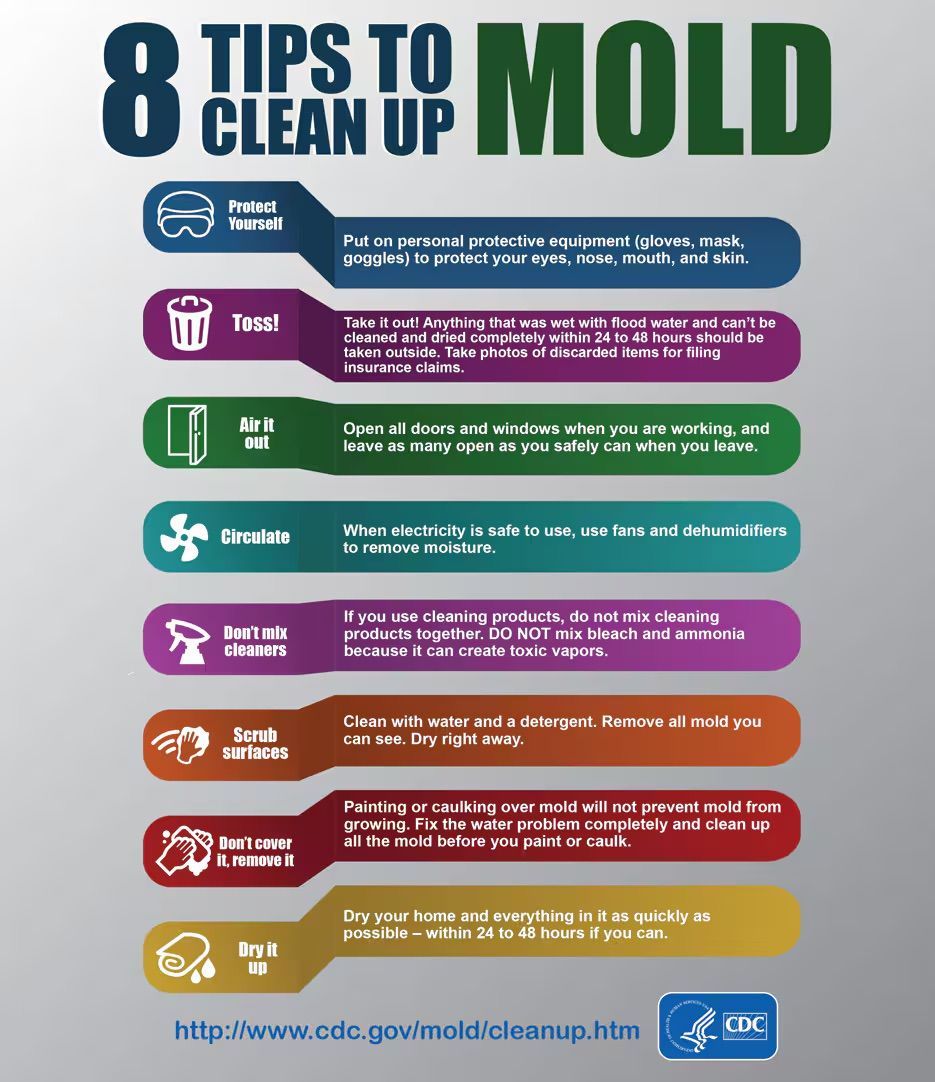
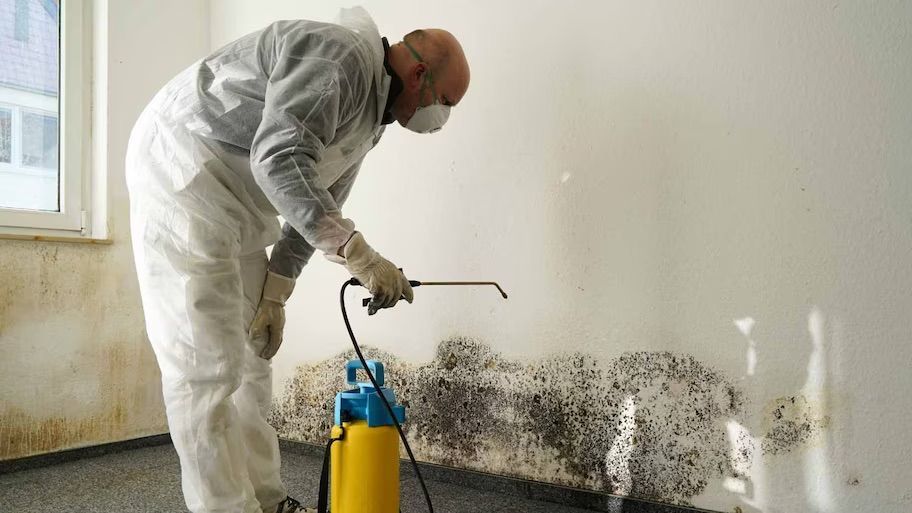
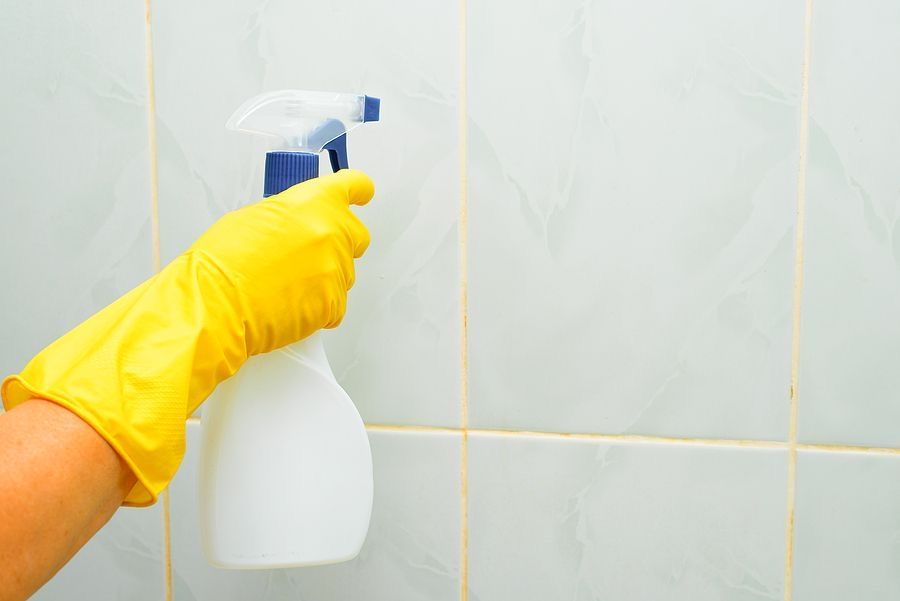
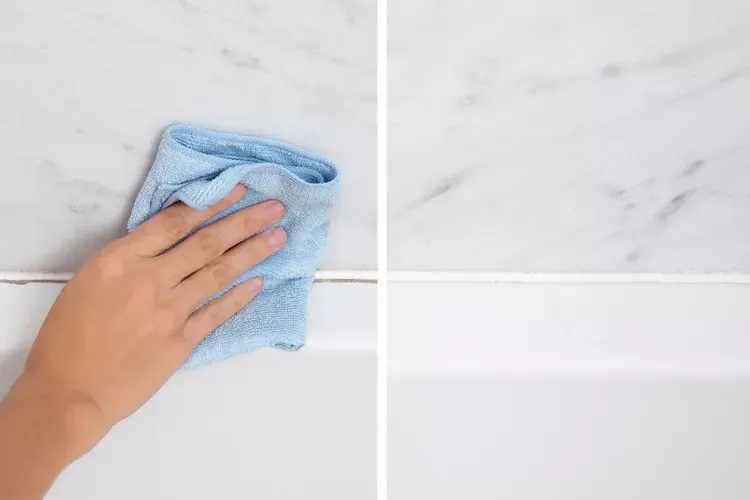
Recognizing the Signs of Black Mold
Identifying the presence of black mold in your home is crucial for taking timely action to mitigate its effects and prevent mold growth. The most obvious indicators of black mold are dark green or black patches visible on walls, floors, or ceilings, particularly in damp areas like basements, bathrooms, and kitchens. These environments provide the moisture and humidity necessary for mold to thrive.
What Does it Smell Like?
Black mold often emits a distinct, musty odor, described as earthy and stale, akin to the scent of moldy hay or damp socks. This smell is particularly noticeable in poorly ventilated spaces or upon entering a room that has been closed off for some time. The ability to detect this odor is key in identifying less visible mold infestations.
What if I Can't See it?
Hidden mold poses an additional challenge, as it can grow behind wallpaper, underneath carpets, or inside ventilation systems. Signs of hidden mold include persistent health symptoms with no clear cause or a continuous musty smell without visible mold. Effective management requires thorough inspections and, if necessary, professional assessments to detect and address these hidden infestations.
Health Implications of Black Mold Exposure and Potential Mold Allergies
Health Risks of Black Mold Exposure
Exposure to black mold is a serious health concern, affecting individuals differently, especially those with a compromised immune system or respiratory conditions. Inhaling black mold spores triggers a range of reactions, such as breath nausea, asthma symptoms, flu like symptoms, runny nose, and other severe reactions. The primary symptoms of black mold involve the respiratory system, presenting as persistent coughing, wheezing, and difficulty breathing. Individuals with asthma may experience exacerbated symptoms and more frequent attacks
Neurological and Systemic Effects of Black Mold Fungal Infection
The health risks of black mold also include neurological symptoms like chronic fatigue, persistent headaches, and, in severe cases, memory loss and confusion. These issues can severely impact daily life and overall well-being. Exposure may also lead to skin rashes, chronic sinus infections, and fever-like symptoms, particularly in those with already compromised immune systems, potentially resulting in difficult-to-treat fungal infections.
Managing and Preventing Black Mold Exposure
Continuous exposure to a mold problem intensifies these health risks, contributing to conditions like toxic mold syndrome, which includes severe respiratory issues and chronic bronchitis. Preventative measures are crucial to reduce these risks, particularly for vulnerable individuals. Ensuring good air quality inside the home, using air purifiers, and maintaining proper ventilation are key strategies to prevent black mold growth and mitigate potential health dangers.
It is vital for anyone experiencing symptoms of black mold to seek immediate medical advice. Healthcare providers may conduct tests, such as blood analyses, to understand the extent of allergic reactions and devise an appropriate treatment plan. Awareness and proactive management are essential in safeguarding health and preventing the severe outcomes associated with black mold exposure.
DIY Mold Removal Tips for Black Mold in House
If you're facing a small infestation, you can often manage the removal yourself, which is crucial to prevent the spread and further growth and potential health problems. Before you start, it's essential to wear the appropriate protective gear to shield yourself from mold spores, which can cause severe allergic reactions and other health symptoms. Protective equipment should include rubber boots, gloves, goggles, and a high-quality mask or respirator designed to filter out mold spores.
Dealing with Non-porous Materials
For non-porous surfaces such as tiles, glass, and hard plastics, create a cleaning solution by mixing bleach with water — a ratio of one cup of bleach per gallon of water is effective. It's important to never mix bleach with ammonia or other cleaning products as this can release toxic substances. Apply the solution generously to moldy surfaces and scrub vigorously to remove all traces of mold. Be thorough, as mold can be persistent and may regrow if not completely eradicated.
Dealing with Porous Materials
When dealing with porous materials such as wood, carpet, or certain types of ceiling tiles, mold removal becomes more challenging. These materials can absorb and retain moisture, making them ideal breeding grounds for mold. In many cases, it is safest to remove and discard these materials if they are heavily contaminated. If you choose to clean them, use a solution of water and detergent, but be aware that it may not fully remove the mold.
After Cleanup
After cleaning, it’s crucial to keep the area dry and well-ventilated to prevent black mold from returning. Use dehumidifiers and fans to help dry out the area and maintain low humidity levels. Regular checks of the affected area are advised to ensure that the mold does not return.
Always remember that while DIY mold removal is suitable for small areas, larger infestations require professional intervention. Professional mold remediators are equipped with the tools and knowledge necessary to safely and effectively get rid of black mold from larger areas or when toxic black mold is involved.
When to Call the Professionals
Handling a large mold infestation exceeds the capabilities of DIY efforts and necessitates the expertise of professional mold remediators. If your initial attempts to remove mold do not result in its complete eradication or if the infestation covers a large area, it is crucial to engage professional services. These experts are equipped with advanced mold removal products and techniques that are not typically available to the general public, ensuring that the mold is removed safely and effectively.
Upon Arrival
Professional mold remediators will start with a comprehensive assessment of your home to identify all affected areas, including those that may not be immediately visible. This evaluation often involves sophisticated diagnostic tools and methods to measure moisture levels and detect mold behind walls or under floors. Such thorough inspections are vital to developing an effective mold remediation strategy that addresses all infested areas.
After Assessment
Once the assessment is complete, professional remediators will proceed with the mold removal process. This typically involves sealing off the affected area to prevent the spread of mold to other parts of the building during cleanup. They use HEPA (High-Efficiency Particulate Air) filters and vacuums to capture tiny mold spores from the air. Furthermore, they apply antimicrobial agents to eliminate mold at the source and use specialized equipment to dry out any moist areas to prevent future growth.
For mold-infested materials that cannot be cleaned, such as heavily contaminated insulation or drywall, professionals will safely dispose of these materials and ensure that replacement materials are mold-resistant where possible.
After Removal
Lastly, a professional mold remediator will provide recommendations for preventing future mold problems, emphasizing the importance of maintaining good air quality, proper ventilation, and moisture control in your home. Engaging professionals not only helps in effectively resolving current mold issues but also in safeguarding your home against potential future infestations.
Preventative Measures for Black Mold
Preventing black mold is essential for sustaining a healthy living environment and minimizing the risks associated with mold exposure. Effective mold prevention starts with controlling the indoor climate and moisture levels within your home. Ensuring that your home has adequate ventilation is crucial. Use exhaust fans in high-moisture areas like bathrooms and kitchens, and consider installing air vents or additional windows to improve air flow throughout your home.
Controlling excess humidity is another key factor in preventing mold growth. Utilize dehumidifiers and air conditioners to maintain indoor humidity levels at a recommended range of 30-50%. This level of humidity helps inhibit mold from thriving and becoming a larger infestation.
Regular Maintenance
Regular home maintenance is vital in the fight against mold. Regularly inspect areas prone to moisture, such as basements, attics, and around plumbing fixtures, for any signs of water leaks or condensation. Promptly fix leaky pipes and address any water damage immediately. By doing so, you eliminate the moisture that black mold spores need to grow.
Wet Areas
Cleaning and drying any damp areas within 24-48 hours is crucial in preventing mold spores from settling and beginning to grow. This includes areas that might have been affected by spills, leaks, or condensation. Ensure that wet items are either dried thoroughly or removed from the home if they cannot be dried.
Natural Mold Prevention and Health Protection
For everyday mold prevention, natural solutions can be highly effective and environmentally friendly. Using baking soda or white vinegar can help kill existing mold on surfaces and prevent new growth. These substances are safe to use regularly and can be included in routine cleaning to maintain mold-free surfaces.
Taking proactive steps to prevent mold can protect your home from the potential structural damages and health risks associated with mold infestations. By maintaining a clean, dry, and well-ventilated environment, you can effectively prevent the conditions that allow black mold to thrive.
Conclusion
Understanding and effectively managing black mold is crucial for maintaining a healthy living environment. By being vigilant and recognizing the early signs of mold growth, homeowners can take prompt action to mitigate its effects. Addressing mold issues quickly not only helps in controlling its spread but also reduces the health risks associated with mold exposure. Implementing preventative measures is key to safeguarding your home against future mold problems.
In conclusion, the fight against black mold is ongoing and requires a combination of vigilance, immediate action, and preventive maintenance. Homeowners should equip themselves with the knowledge to recognize potential mold issues and understand when to call in experts. By doing so, you can maintain a safe, healthy, and mold-free living space, protecting both your investment in your home and your health.
